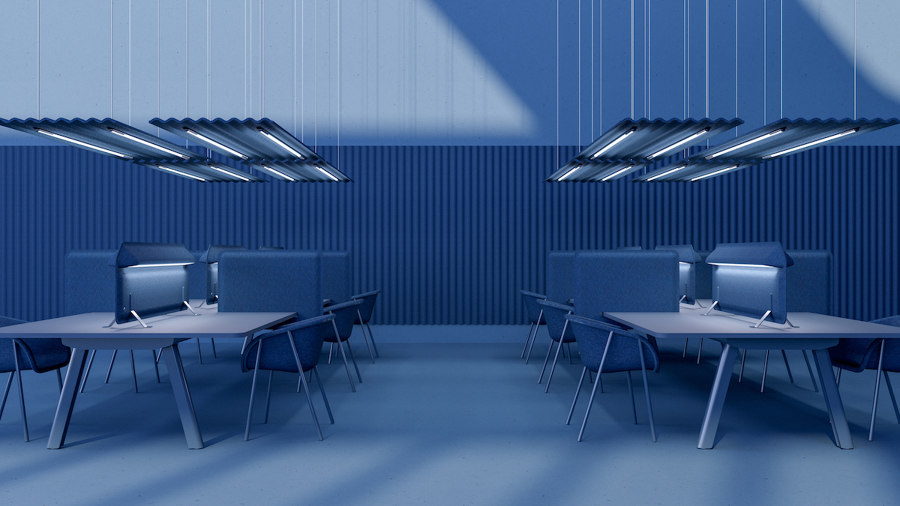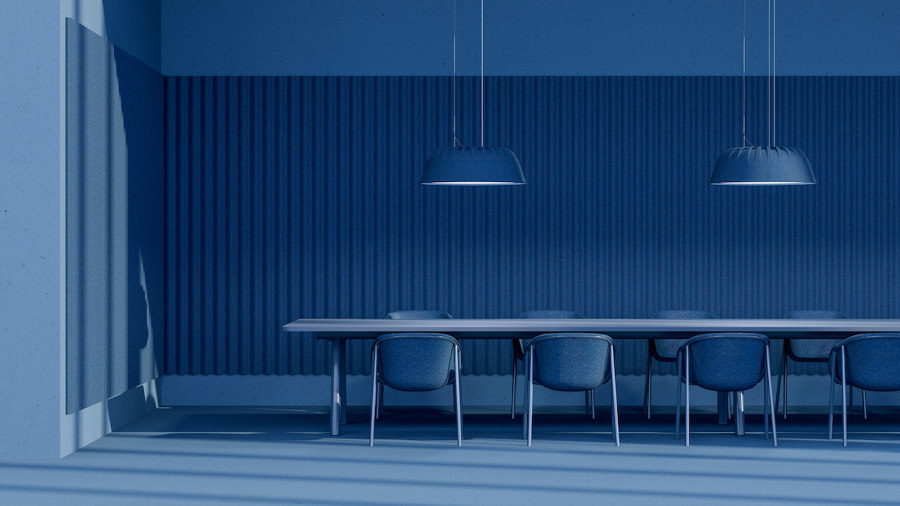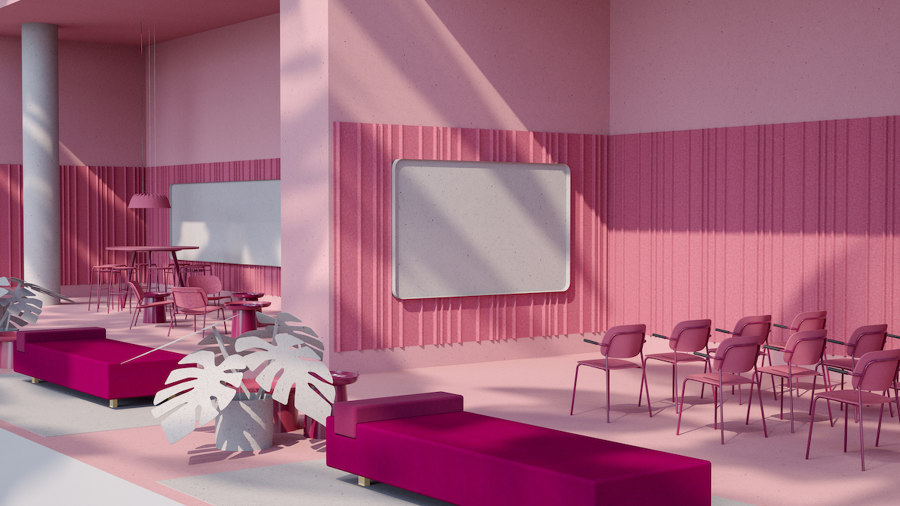An urgent interrogation of working practices
Brand story by Nick Compton
Duiven, Netherlands
21.04.22
A post-pandemic hybrid work culture not only means shifting office hours, but also calls for a radical rethinking of the physical space that employees use to perform. De Vorm has some ideas.
De Vorm's 'Intentional Workplaces' are idealised office spaces for the future, designed with flexibility and the end user in mind.

De Vorm's 'Intentional Workplaces' are idealised office spaces for the future, designed with flexibility and the end user in mind.
×Experiments in how, when and where we work best pre-date the COVID-19 pandemic. Hybrid working is not new and more cutting-edge companies were already experimenting with three and four-day weeks and work-from-anywhere models. The pandemic's prolonged out-of-office notice though sparked an urgent interrogation and supercharged evolution of working practices.
The 9-5, five-days-a week office job is suddenly all but extinct. For De Vorm, time at the shared workspace is no longer a matter of routine or obligation but intention. On a practical level, workers will come to the office only when that is the best place to get done what they need to get done. On a more elevated level, the office or studio or similar will be where we go to refresh our sense of common culture and purpose.
De Vorm designs are combined in different colourways and constellations to offer maximum usability and create rooms for both collaboration and more focused individual work.

De Vorm designs are combined in different colourways and constellations to offer maximum usability and create rooms for both collaboration and more focused individual work.
×The office is the best place for creative collaboration with your team, it’s the best place to access materials and equipment you don't have at home and to receive in-person training feedback. But it is also the place where a company culture and identity is most fully felt and expressed. And depending on your domestic arrangements, it may also be the best place for alone time and quiet, focused 'deep' work.
The 'Intentional Workplace', as De Vorm tags it, must be flexible enough to cope with all these modes and recognise that we all now have a better understanding of how, where and when we work best.
Products like the Upside Down Island can be juxtaposed with more formal presentation spaces for moments of relaxation.

Products like the Upside Down Island can be juxtaposed with more formal presentation spaces for moments of relaxation.
×For De Vorm, workspaces, and the cultures they generate, have been either too inflexible or littered with props that signpost creativity but not much more. The truly intentional workplace though is a series of distinct spaces – social spaces, collaborative spaces and quiet spaces – designed for and absolutely attuned to the task in hand. They pull ideas from hospitality, from the best co-working spaces and 'third' spaces but need to be developed, designed and planned with the input of the people who will work in them.
The pandemic has opened up an opportunity to create truly human-centric work cultures, processes and places. Now the hard work really begins.
© Architonic



